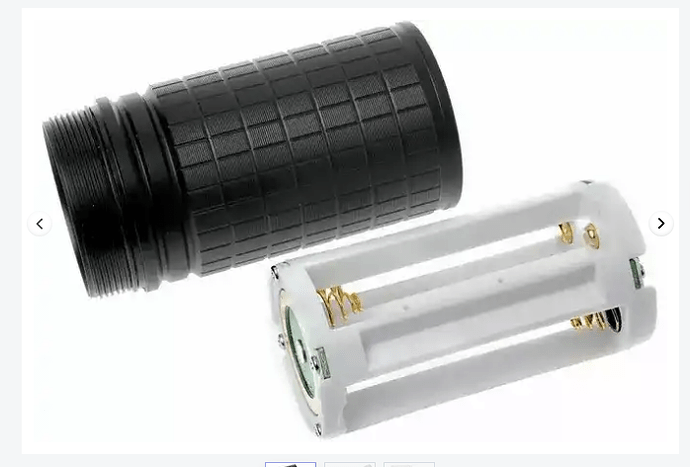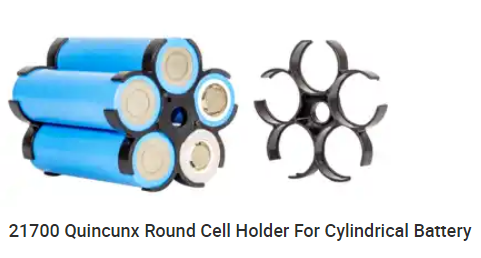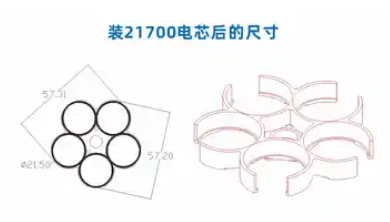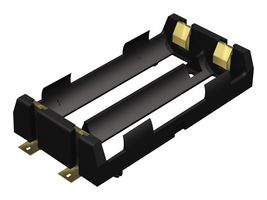I’ve been looking into the use of Li-ion batteries in parallel, concerned this might be a bad idea. As it turns out, if the batteries are individually charged this could be a problem if a discharged battery is accidentally mixed with a charged one, even if only a few tenths of a volt difference. Due to the low resistance of these cells once placed in parallel the higher of the two can dump a lot of current into the lower voltage cell damaging it, causing too much heat, a fire or explosion if the voltage difference is too much (especially when using unprotected cells).
So, not a good idea. However, if the cells are welded together in parallel and are of the same model of battery from the same battery run so they are as identical as possible then there is no problem because both cells will charge together to the same voltage. However you will need a dedicated charger made just for that configuration.
I’ve looked into whether using unprotected cells in series is reasonable and found there can be problem there too, but due to being able to over charge them as well as over deplete or discharge them which can cause the battery to ignite too. So unless you make sure they cannot be discharged too far that could be a problem. If protected, this circuit protects the battery against common dangers, such as overcharge, over discharge, short circuit/over current, and temperature.
The only reason I would choose to use an uprotected cell is due they are far easier to find in stock from various suppliers at higher current ratings. Button top protected cells with maximum continuous current ratings of 10 amps or higher are few and far between to find at a decent price anywhere right now, usually out of stock.
The reason I was researching this is because I have been planning on building a multi-diode laser pointer and need as high a mAH rating battery supply I can reasonably make out of batteries. Looking into this I’ve come to the decision, for my application, using three or four strings of 21700 batteries is the way to go. Why? Because a single battery can have as high as 5000 mAH capacity and if running several strings of them (not paralleled) in a single tube you can have, for example, 3 x 5000 mAH capacity, or 15000 mAh total. Because of using separate drivers for each diode I am not forced to run them all off of the same string of batteries in series, thus can choose to just put a portion of the individual drivers needed to draw from each string, for example two drivers per battery string, 3 or more, etc. This makes individually charging each battery safe because if you put a low cell in the string on accident the total voltage for that string would just be lower, but no other problem I am aware of. Seems this solution is the best because you can have high mAH capacity along with isolated cells so there isn’t a potential problem mixing uncharged cells with charged.
A better battery for high demand applications? The use of the 21700 batteries allows a large amount of current, one of the Nitecore 21700 batteries, part number NL2150HPR (protected), can supply 15 amps of constant current each, try to find an 18650 battery which can do that and there are very few which can, even if they claim to be able to do so, usually the time is very limited and not a true constant current rating as they claim. Also, the high current 18650 batteries almost always have a lower mAH capacity, 3000 at most per battery while the 21700 can have 5000 mAH. A single 21700 can have over 40 percent higher capacity than a single 18650 which is fairly close to the mAH capacity of two 18650 batteries in parallel. So, for myself, the question is solved, whenever possible, for high capacity and high current requirements design to use the 21700.



